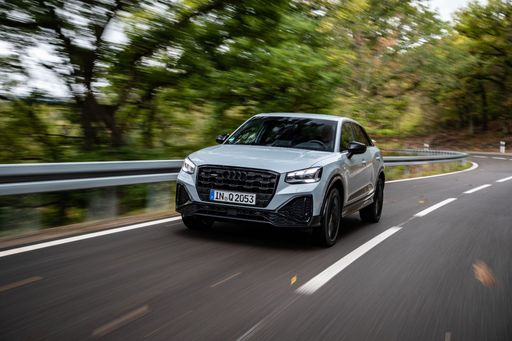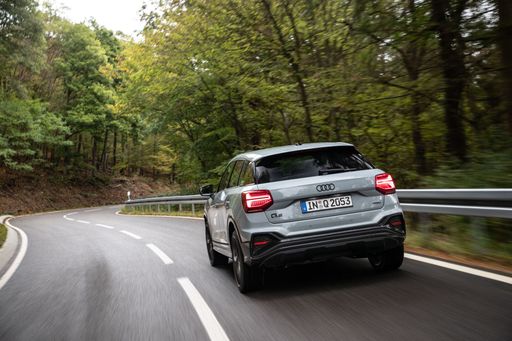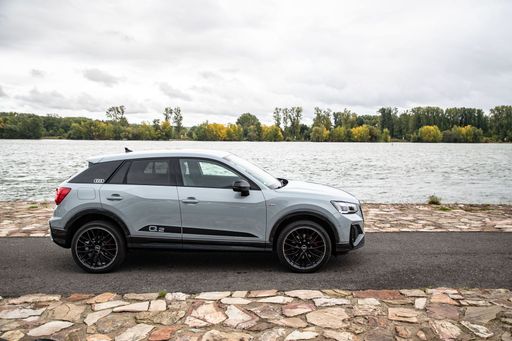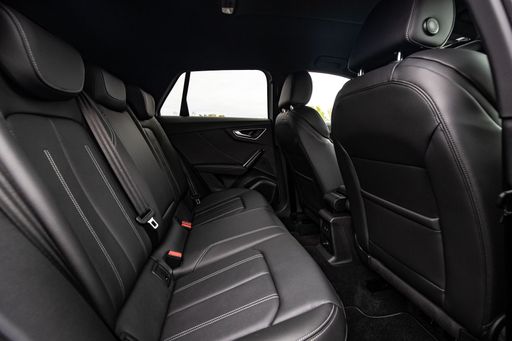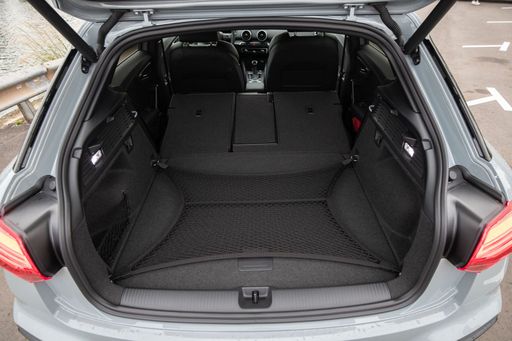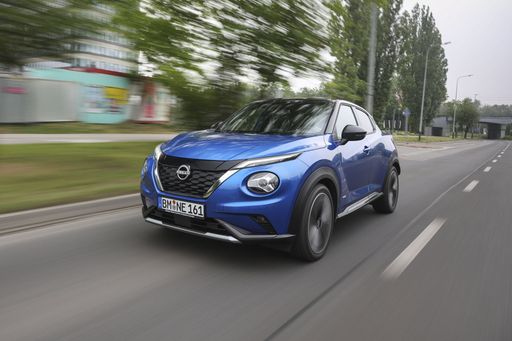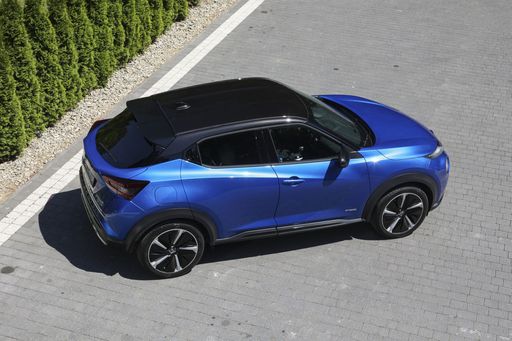Audi Q2 vs. Nissan Juke: The Crossover Duel
In the dynamic segment of small crossovers, two models capture the limelight: the Audi Q2 and the Nissan Juke. Both bringing their distinct flavors to the table, here’s a detailed comparison of these two popular models, examining their technical prowess and innovative features.

